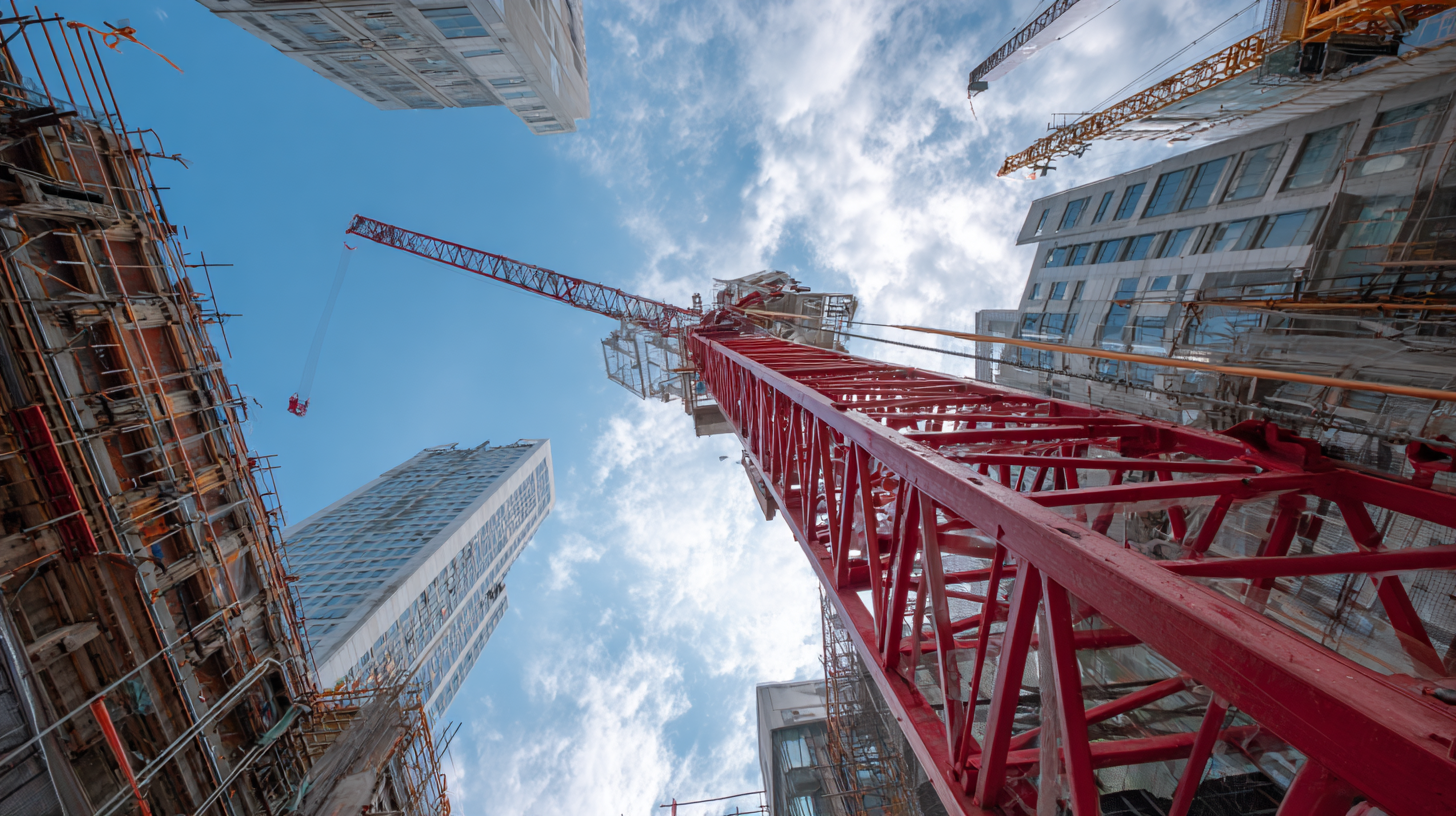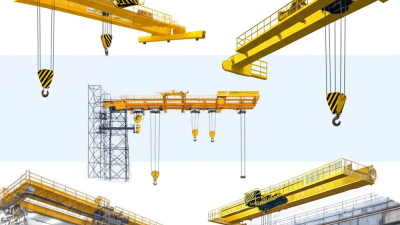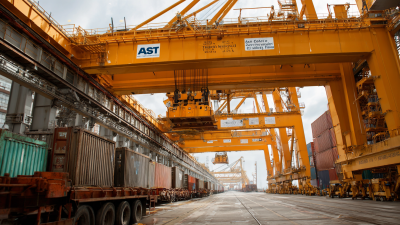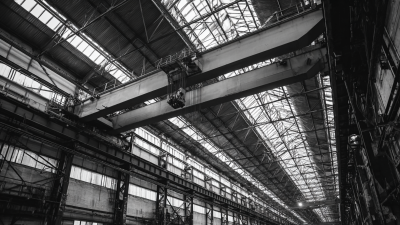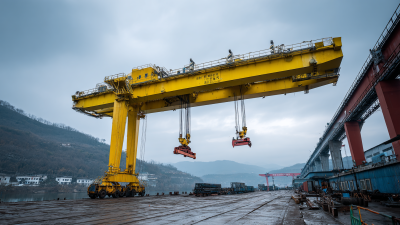Inquiry
Form loading...
-
Phone
-
Wechat

-
Whatsapp

Ceiling cranes have become an indispensable component in various industries, providing efficient material handling solutions that enhance productivity and safety. According to a recent report by Grand View Research, the global overhead cranes market is expected to reach USD 6.05 billion by 2025, driven by the increasing adoption of automated systems in manufacturing and construction sectors. These systems not only streamline processes but also minimize the risk of workplace injuries, as they can safely lift heavy loads with precision. Understanding the key aspects of ceiling cranes, including their design, functionality, and benefits, is essential for businesses looking to optimize their operations. In this article, we will explore seven essential facts about ceiling cranes that can significantly impact your operational efficiency and workplace safety.
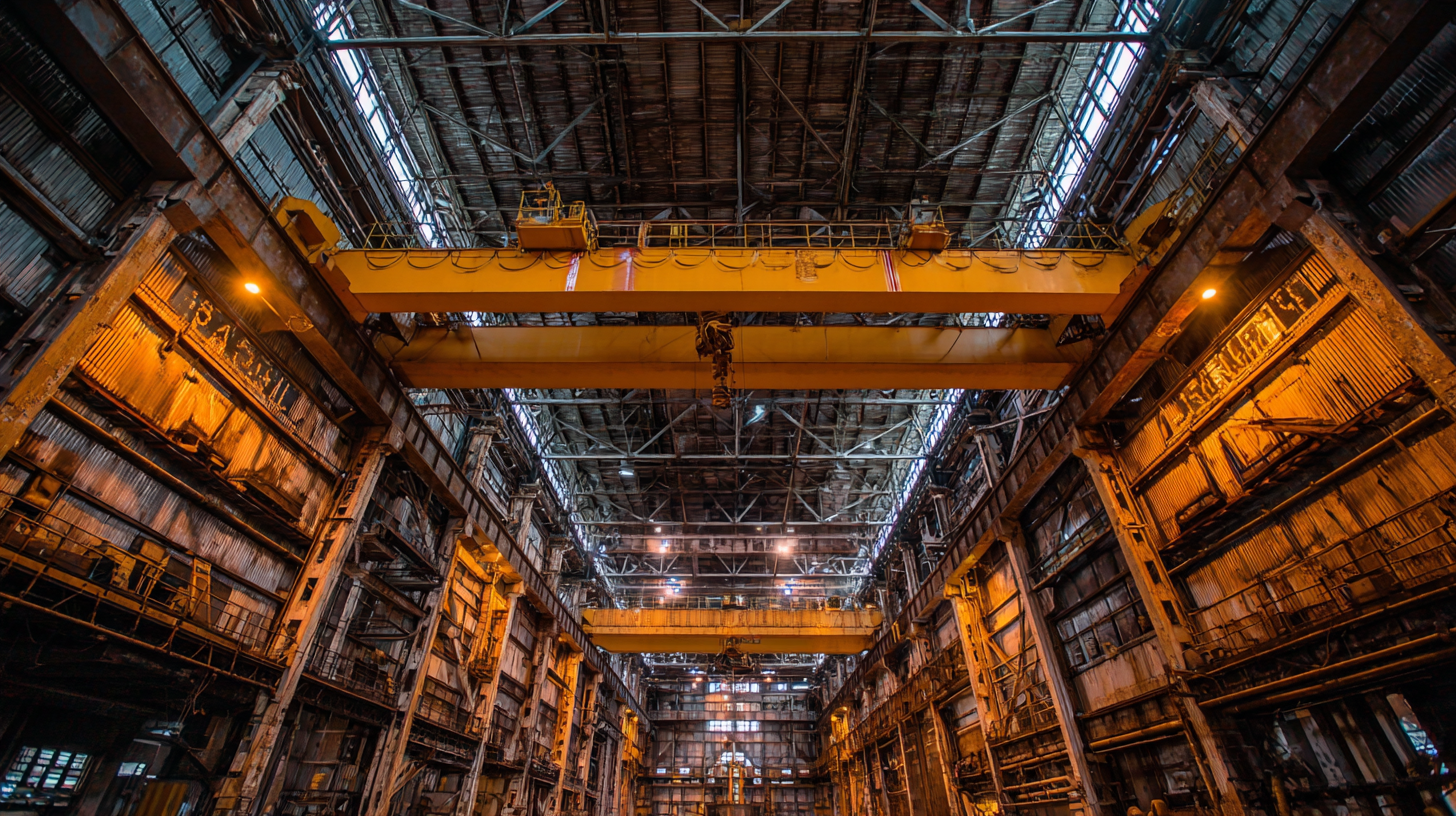
Ceiling cranes are integral to enhancing efficiency and safety in industrial settings. One of the primary benefits is their ability to transport heavy loads without the risk of injury to workers. According to a report by the Occupational Safety and Health Administration (OSHA), workplace injuries related to manual lifting have decreased by approximately 30% in environments where mechanical lifting aids, like ceiling cranes, are utilized. This underscores the importance of investing in such equipment, as it not only improves productivity but also fosters a safer workplace.
 Moreover, ceiling cranes save valuable floor space, which is a significant advantage in crowded industrial environments. A study published in the International Journal of Industrial Engineering highlighted that utilizing overhead lifting systems can increase work area efficiency by up to 40%. This allows companies to optimize their layouts, reduce clutter, and streamline operations. Overall, the implementation of ceiling cranes is not merely a choice but a strategic decision that can lead to enhanced operational efficiency, improved safety standards, and better space utilization in industrial facilities.
Moreover, ceiling cranes save valuable floor space, which is a significant advantage in crowded industrial environments. A study published in the International Journal of Industrial Engineering highlighted that utilizing overhead lifting systems can increase work area efficiency by up to 40%. This allows companies to optimize their layouts, reduce clutter, and streamline operations. Overall, the implementation of ceiling cranes is not merely a choice but a strategic decision that can lead to enhanced operational efficiency, improved safety standards, and better space utilization in industrial facilities.
Ceiling cranes are essential tools for enhancing workplace safety and efficiency. They provide a reliable solution for lifting heavy materials while minimizing the risk of accidents. Recent advancements, such as remote control systems for tower cranes, exemplify how technology can further improve safety in construction environments. By allowing operators to work from the ground, these innovations reduce the likelihood of injuries and increase the overall safety of the job site.
When implementing ceiling cranes in your workplace, here are some tips to consider. First, ensure that operators are properly trained on safety protocols and the use of specific crane features. Regular maintenance checks should also be routine to prevent malfunctions that could lead to accidents. Furthermore, assess the layout of your workspace to optimize crane paths and minimize hazards, especially in complex construction settings with varying geological profiles.
Utilizing ceiling cranes not only boosts productivity but also promotes a safer work environment. Configurable cranes designed for specific tasks can further enhance ergonomics, aiding workers in manual handling processes. As demonstrated by recent installations and innovations, integrating advanced crane technology can significantly reduce workplace injuries and improve operational efficiency.
Ceiling cranes are valuable tools in various industries for their ability to lift and move heavy loads efficiently. Understanding the different types of ceiling cranes available is essential for selecting the right model for specific needs. Generally, ceiling cranes can be classified into several categories, including monorail, double girder, and robotic cranes.
Monorail cranes feature a single track that allows for linear movement, making them ideal for narrow spaces. They are commonly used in warehouses and workshops where limited maneuverability poses challenges.
On the other hand, double girder cranes provide enhanced lifting capacity and stability through their dual track system. This type is particularly suited for larger facilities where heavy loads need to be transported over longer distances. Additionally, robotic ceiling cranes are gaining popularity, offering automated solutions that improve precision and efficiency.
With advancements in technology, these cranes can perform complex tasks while remaining safe and user-friendly. Understanding these types can help businesses optimize their operations by choosing the most appropriate ceiling crane for their material handling requirements.
Maintaining a ceiling crane in optimal condition is crucial for ensuring safety and efficiency in any industrial setting. Regular inspections should be conducted to identify any signs of wear or damage. Check the cables, hooks, and pulleys for fraying or rust; any sign of deterioration could lead to equipment failure. Lubricating moving parts is essential to reduce friction and prevent overheating, which can extend the lifespan of the crane and maintain its performance.
Additionally, proper training for operators is essential to ensure that the crane is used correctly. Operators should be familiar with the specific load limits and operational procedures to avoid unsafe conditions. Implementing a scheduled maintenance program can help track inspection dates and upkeep tasks. Keeping detailed records of any repairs or maintenance will not only aid in future inspections but also provide insights into the equipment's overall health. By prioritizing these maintenance tips, you can enhance the reliability and safety of your ceiling crane for years to come.
When it comes to ceiling cranes, several myths and misconceptions persist, overshadowing their actual benefits and functionalities. One common myth is that ceiling cranes are only suitable for industrial environments. In reality, these versatile systems can be beneficial in various settings, including warehouses, hospitals, and even workshops. Recent industry reports indicate that the global ceiling crane market is projected to grow by 5% annually, driven by increasing safety regulations and the need for efficient material handling solutions.
Another misconception is that ceiling cranes are excessively complicated to operate. However, with advancements in technology, many modern ceiling cranes are designed with user-friendly interfaces and safety features that enhance both efficiency and safety. A study by the Material Handling Industry of America revealed that properly trained operators can reduce operational errors by up to 30%, showcasing the importance of education and training in dispelling these myths.
**Tips:** To maximize the effectiveness of ceiling cranes, ensure regular maintenance checks are performed to prevent wear and tear. Additionally, providing comprehensive training for operators will not only enhance safety but will also promote a better understanding of how to effectively utilize this equipment. Embracing the true capabilities of ceiling cranes can lead to improved workflow and reduced injury rates in the workplace.
